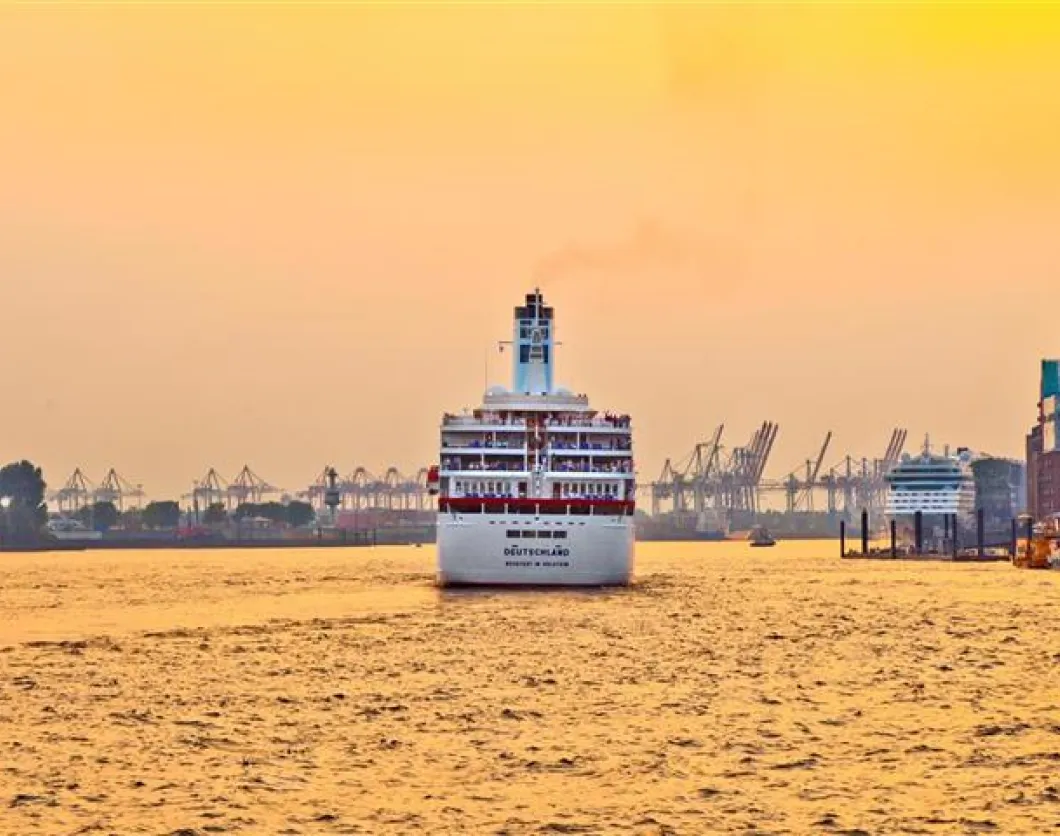The urge to see the world from the decks of luxurious cruise ships continues to burn bright in the hearts of many global travelers. Cruise Lines International Association or CLIA, for short, notes that the number of cruise passengers has jumped over the last decade from 12 to 21.3 million in 2013, putting the industry’s growth at 77 percent over the same stretch of time. As a result, the industry today contributes USD 117 billion to the global economy besides employing close to 900,000 people with combined earnings of about USD 40 billion.
CLIA President and CEO, Christine Duffy, expects the industry to keep on the same growth path given the level of innovation and creativity embraced by cruise ship companies. The itineraries are getting better and more exciting as the ships head for multiple unique destinations for exceptional vacations in nearly all the continents.
The European Side of the Coin
The industry’s statics point out European nations as some of the biggest beneficiaries given that they have 45 percent of the cruise ship market pie. This makes cruise ship tourism a vital remedy in the recovery process of certain European economies. Pierfrancesco Vago, who is the chairman of CLIA Europe, explains that this is why more cruise ships are joining the touristic-fleets from the European ship construction yards. However, the rest of the world is catching up as well since over 21 million cruise passengers came from non-European ports in 2013.
Cruise tourism analysts note that 55 percent of these passengers, close to 12 million people, were from the U.S. and Canada. European nations such as the UK accounted for 1.73 million passengers and Germany and Ireland collectively contributed 1.69 million of the total cruise ship travelers in 2013. Other countries include Australia with 833,000 passengers and Brazil which recorded 732,000 passengers, slightly higher than China’s 727,000 passengers.
These figures are expected to go up because of the increasing level of flexibility and economic benefits obtained by different communities from this tourism sub-sector. On average, a cruise ship vacation extends for a week with about four port call-ins. Most people find this attractive because they get to experience different cities and cultures. The passengers and cruise ship crew can spend up to USD 127 per day in a single city.
The U.S. Factor in the Cruise Equation
The U.S. economy raked in USD 44 billion from the cruise ship business in 2013, notes CLIA. Christine Duffy adds that the U.S. cruise industry’s rapid upward growth stems from the country’s diversity. Other than robust marketing strategies that include high-budget movies and documentaries, each of the 50 states has something to offer global travelers. This means that the country gets a lot of return cruise ship clients as it continues to attract new sets of clientele within and abroad.
As a result of full-bodied all-year round cruise ship activities in the U.S., the industry supports over 360,000 jobs in nearly each state, pumping about USD 18.3 billion directly into the economy. Given that the ships ferry in millions of passengers to various U.S. cities each year, hotels, travel agents, airlines and tour guides in various parks and museums get a chance to jump at the heart of the festivities and reap hefty rewards. Besides these, the country brings in over USD 20 billion from tariffs and other charges that are associated with the industry.
States such as Missouri and Florida have been singled out by a research commissioned by CLIA as some of the biggest recipients considering their geographical sizes and population. Over 3,200 jobs in Missouri are cruise ship industry generated. The state also enjoys direct purchases that add up to about USD 140 million. Florida on the other hand gets direct purchases worth over USD 7.3 billion in addition to 140, 400 jobs.
This makes Florida the heart of cruise industry in the U.S. The state accounts for 62 percent of the country’s total cruise embarkations giving rise to a vibrant tourism unit which supports industries such as transport and construction. New hotel buildings are for instance going up each year as the old ones get renovated while the city’s leadership pushes for more ports to build to add to the existing four ports that currently handle about 10 million visitors annually. Other popular embarkation points in the U.S. include Texas, Alaska, Massachusetts, California and New York which handles about 600 embarkations on its own each year.












